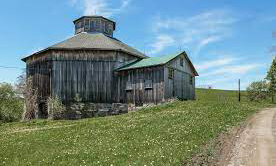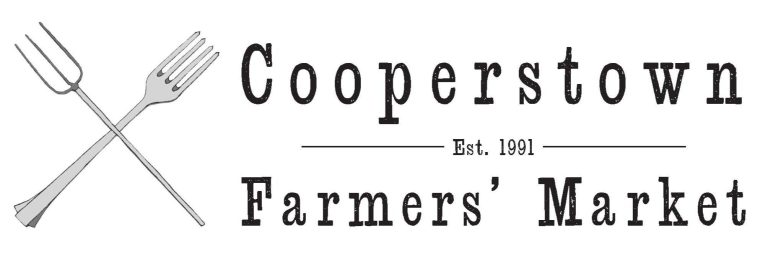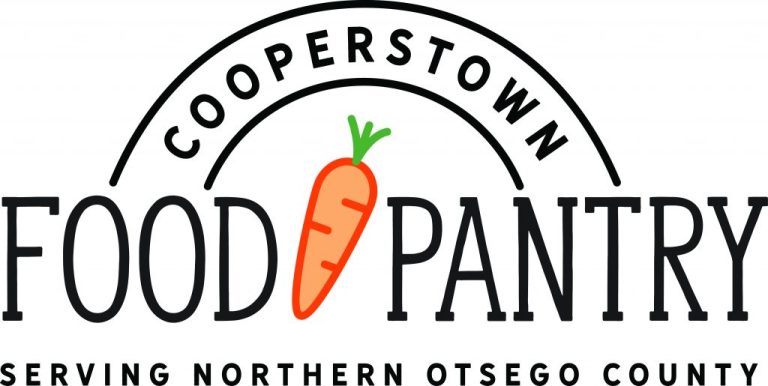Editorial
Noble Barns

The Swart-Wilcox House, the oldest in Oneonta, is looking for a 19th-century English barn to replace the original one destroyed by fire in 1968.
Upstate New York is rural. Its towns, villages, and cities are spread out and difficult to reach. There are fields and forests and lakes. For most of its over-200-year history agriculture has been, and still might be, the main industry. Upstate New York is beautiful, bucolic, serene, clear, compelling. Rolling hills encircle cool lakes; fields interrupt clumps of forest. Farmhouses, barns, and outbuildings reveal their uses by their shapes and locations. Barns, in fact, are the distinctive feature of our part of the state. Early farms had multiple crops and livestock—wheat, oats, rye; sheep, cows, pigs, chickens—which called for multiple buildings: horse barns, ox barns, hay barns, chicken houses, workshops, corn cribs, granaries, wagon sheds, and the like. The farms resembled villages.
Because of their size and shape, horse barns, hay barns and cow barns are the most distinctive. Until recently, these barns have been ubiquitous in Otsego County, and beyond. They have not always served their original purpose as our times and economy have changed, but they have, since their beginnings, stood out as familiar and admired landmarks.
The first large barns in New York are Dutch barns, with distinctive profiles of wide, spreading roofs and doors on the gable end. One of the few surviving examples is in Salt Springville, carefully restored and now a venue for concerts and recitals. The English barn, the most common in the early 19th century, is usually 30 by 40 feet with a gable roof and a main entrance on the longer side opening to a threshing floor, hay mow, grain bins, and stanchions for cows. As the dairy industry developed, round, or octagonal, barns appeared in the 1850s as a more efficient, but less expandable, use of space. The Baker barn overlooking Canadarago Lake is a surviving example. As the railroads accessed urban markets, the dairy industry rose to precedence in the agricultural economy, with cheese, butter and fresh milk. Bank barns, much larger English barns built into the side of a hill with a milking parlor in the basement and hay storage above, became dominant.
In the late 19th century the standard gable roof was replaced by the gambrel roof, with balloon framing rather than hewn post and beam. Barns became less substantial, with metal frames and metal or plastic siding.
Wooden barns are the icons of our image of rural New York, but today they are falling down, disappearing shamefully into their unkempt barnyards, leaving only their scraggy stone foundations, disintegrating roofs, rusty silos and rotting remnants of a good hay season. In 2000 Governor George Pataki created the NYS Barns Restoration and Preservation Program to help pay for renovations of these barns and other outbuildings. That legislation was eliminated in 2018 as a result of changes in the federal tax code under the Federal Tax Cuts and Job Act of 2017, but late last year Governor Hochul signed a new Historic Barn Rehabilitation Tax Credit into law. Would that everyone with a barn in need use this incentive or, perhaps, offer it to the Swart-Wilcox.





